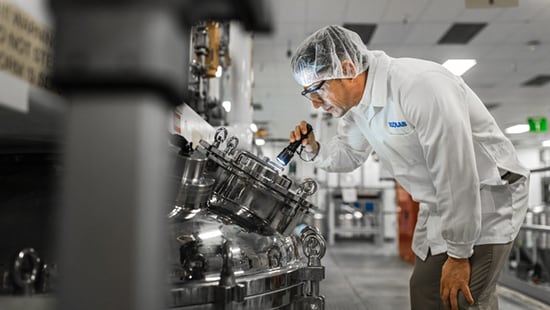Product Groups and Worst-Case Product Rationale
Begin your validation journey by identifying the product groups you clean in your facility.

Any Cleaning Validation guide will direct you to begin your validation journey by identifying the product groups you clean in your facility.
In this process you first describe criteria defining those groups and then categorize each product into those groups. Second, you identify a rational to assess the hardest to clean product in each group, and based on that rational, identify the hardest to clean product in each group. How you do this can significantly impact the work associated with executing validation, as well as impact future validations.
Where do you start?
First, consider the product type from a consumer or “active” perspective, such as shampoo, conditioner, sunscreen, toothpaste, mask. If you categorize your products this way, ensure it aligns with your operational practices and cleaning procedures.
Second, consider product form: liquid, creams, pastes, hot fill, etc. If you categorize your products this way, again, make sure you align with your operational practices and cleaning procedures. This approach may allow you to reduce the number of product groups and still cover all key components in cleaning validations.
And, third, if you are producing OTC’s, consider grouping products by the OTC Active. This may allow you to set the highest active content as the one that is validated.
So, what do you do with these categories? Add a column to your list of products for product type, product form and OTC Active content. For example, a product might be a “shampoo”, “liquid”, and OTC – Salicylic Acid- 5%, or “lotion”, “cream”, and no active.
Next step is to identify the “hardest to clean”. Does it contain silicone, TiO2 or oils? We ask this question because within your “liquid products”, you might have some that contain silicone that is preventing your actives from being removed. If we identify the proper difficult-to-remove ingredient, then removal of that ingredient during cleaning ensures that all other products in that product group with lower quantities of that ingredient can also be cleaned. Matrixing that with your actives content can simplify your cleaning validation matrix while ensuring all actives levels can be removed.
This is critical for the future as well. Following the same line of thinking, any future products introduced to the manufacturing floor with higher levels of the actives, or higher levels of the difficult ingredient in that product group might qualify that product as a new “worst case product” and require cleaning validation. Any new products with lower actives or lower levels of the difficult to clean ingredient would not qualify as a new “worst case”, and thus would not require cleaning revalidation.
Thus, the importance of selecting your product groups and “worst case” product can impact the scope of your current cleaning validation activities as well as your future revalidation requirements. If you need assistance working through your product groups and their impact on cleaning processes Ecolab has a team of cleaning validation experts ready to help.



